You will have heard of stage 1, stage 2 and stage 3 performance upgrades…
BUT WHAT DO THEY ENTAIL, AND HOW DO THEY IMPROVE YOUR VEHICLE’S PERFORMANCE?
The three stages can be perceived in different ways, depending on how you look at the situation or who you are talking to about it. Read on to find out more about how they can improve your performance.
About vehicle performance modifications
There are several different ways in which people interpret the three stages of performance modifications. Some tuning companies base the stages on the cost of the upgrade, while others base it on the amount of work that is conducted on the vehicle, the increase in performance created, or how easy to fit the upgrades are and how safe they are for daily driving on public roads.
Certain upgrades such as upgrading an exhaust system can be completed at all three stages, although the parts used can change from stage to stage depending on the level of performance they yield, and the other upgrades which are needed around them for the vehicle to operate as desired.
Stage 1 modifications
Stage 1 performance upgrades are isolated changes. These changes are often perceived as ones on the cheaper side relative to other upgrades, and those which have the smallest impact on performance. They are upgrades that will not affect a vehicle’s reliability or driveability and can be simply bolted on without any other considerations.
Commonly, stage 1 upgrades are those which positively benefit air intake. Some examples of parts that are modified as part of a stage 1 upgrade include exhaust systems and panel air filters. Additionally, upgrades to other parts such as flywheels, brakes, wheels, and tyres also fall under the stage 1 umbrella. Usually, these parts can be modified in conjunction with other, more intensive upgrades which fall into the stage 2 and stage 3 categories below.
Stage 2 modifications
Stage 2 mods yield a more profound increase in a car’s power and torque than stage 1 upgrades. Unlike stage 1 upgrades, however, they do not work in isolation. They most likely will need other modifications to be completed in conjunction, be it through uprating or replacing other parts at the same time. The difference in performance created by stage 2 modifications varies from car to car and from upgrade to upgrade, but there is a notable difference compared to stock performance.
Examples of upgrades that are generally referred to as stage 2 modifications are ones that involve enhancing a car’s induction. These include ECU tuning & ECU remapping that requires a stronger turbo or diverter valve, a fast road cam, a sports exhaust system that requires a new header and mounts, a high flow fuel injector, or a fuel pump upgrade. Certain components are also classified as stage 2 upgrades, for example, upgrading to a power or sports clutch.
Stage 3 modifications
Performance modifications at a stage 3 level are ones that involve extensive work on a vehicle, to the point where it is built for track days and motorsport activities instead of public road use. Whilst it may not be anywhere near as comfortable, practical, or even legal to drive your vehicle on public roads after stage 3 upgrades are performed, the car will yield much higher performance because of them.
These modifications yield a very notable increase in power and torque, though the performance increase created is entirely dependent on the work conducted, and the vehicle that is worked on. Cars that have undergone stage 3 tuning are often stripped and rebuilt after being raced and are far less reliable owing to the increased performance level.
Stage 3 upgrades often involve engine modifications such as the addition or upgrade of a turbocharger or supercharger, engine balancing and upgrades to parts such as pistons, head gaskets and valves. Additionally, they also cover upgrades of other components such as the gearbox or clutch to racing standards. They also include upgrades to racing-standard flywheels and tyres as well as high-performance brake pads and discs which require heat before starting to bite.
The very best, and nothing less
Whilst there are many different brands who make parts suitable for performance upgrades, only the best is worth the time and money to install if you are truly seeking the best performance for your desires and budget.
Therefore, at Elden’s Autobahn, we only use the very best high-performance parts, from companies such as DMS Automotive, MMR and Millitek Sport. Elden’s Autobahn also uses the RacingLine range of performance upgrades to give you stage 1, stage 2 and stage 3 upgrades.
Parts made to suit your performance desires
RacingLine offers a range of parts for European manufacturers including Volkswagen and Audi which have been tried and tested in motorsport competitions around the world. Their OEM+ performance parts are among the best in the market and cater to all three levels of tuning that one wishes to undergo on their car. They accept no substitution for perfection and aim to unlock the true automotive potential of a vehicle.
The RacingLine Performance Parts programme offers customers the chance to upgrade their own vehicle using the same level of engineering excellence that motorsport drivers demand on track.
Car tuning on the Gold Coast
If you are looking to make performance modifications to your vehicle on the Gold Coast, look no further than Elden’s Autobahn. Elden’s Autobahn has over 30 years of experience in making modifications to your vehicle using only the very best high-performance parts. The team pride itself on giving your vehicle the highest power gains possible using the best parts available, whilst providing a high level of care for your vehicle.
To find out how the team at Elden’s Autobahn can upgrade your vehicle’s performance, please call 0424 757 363 or get in touch by clicking here.


